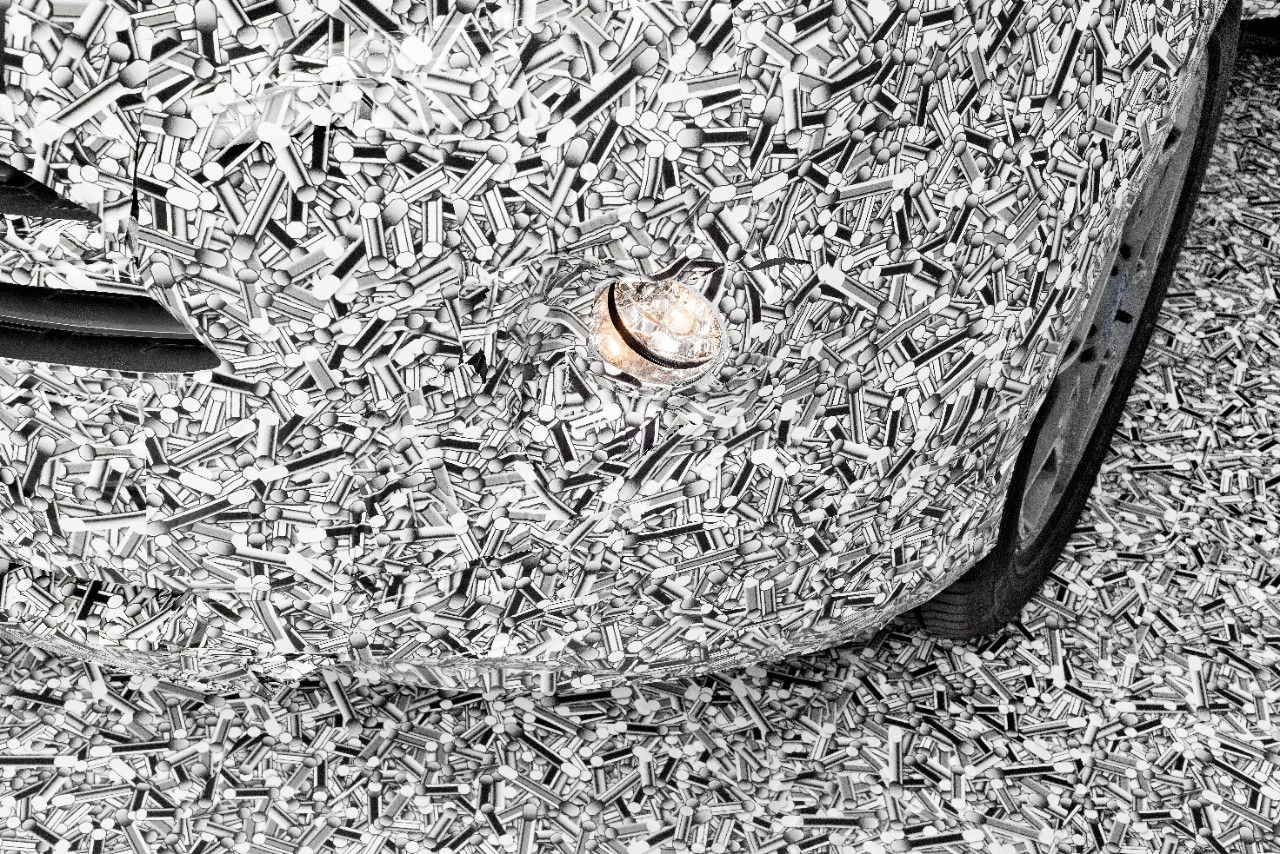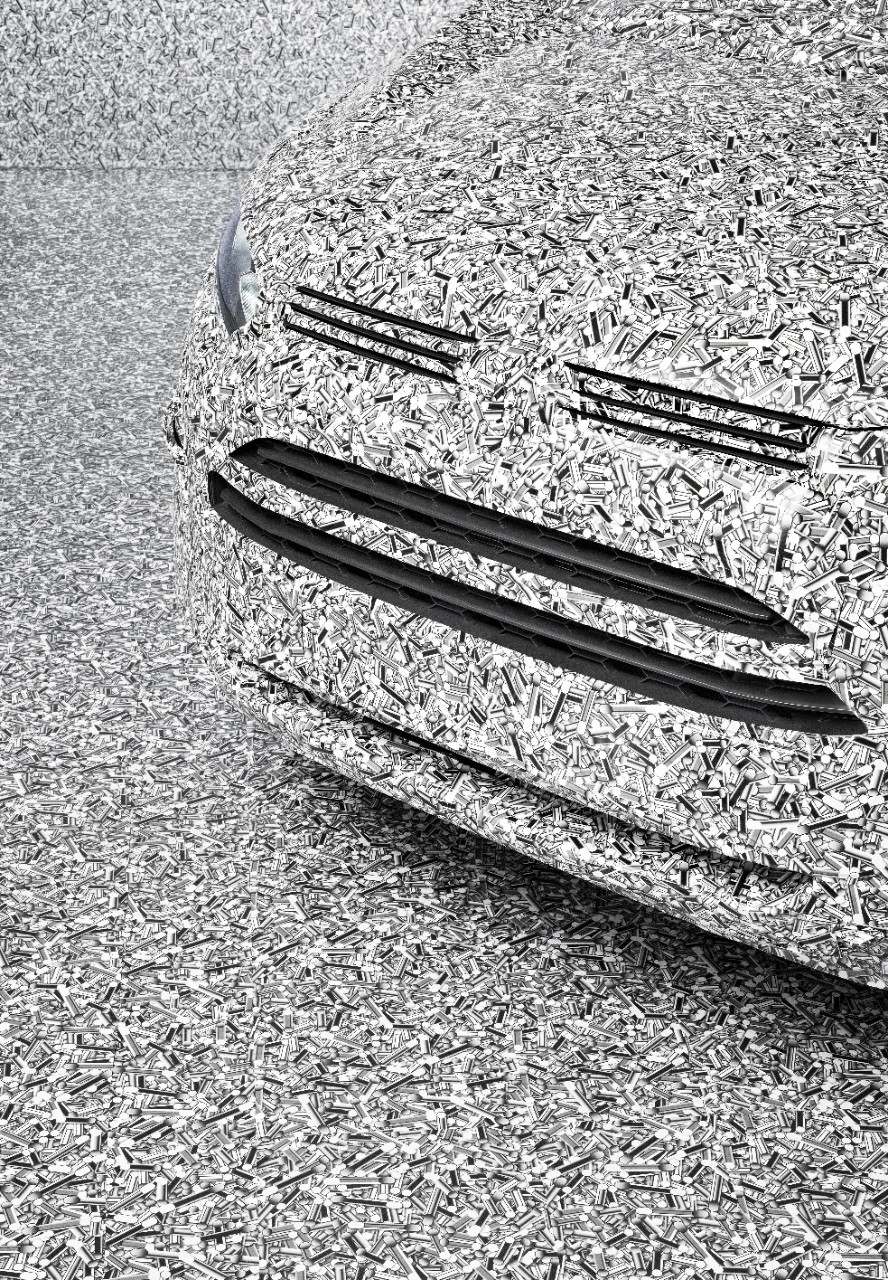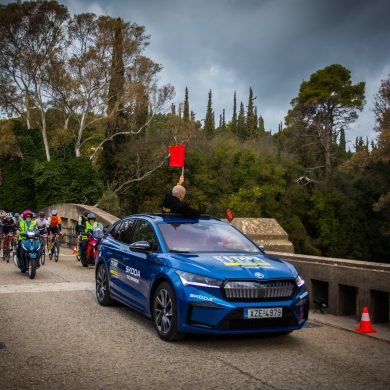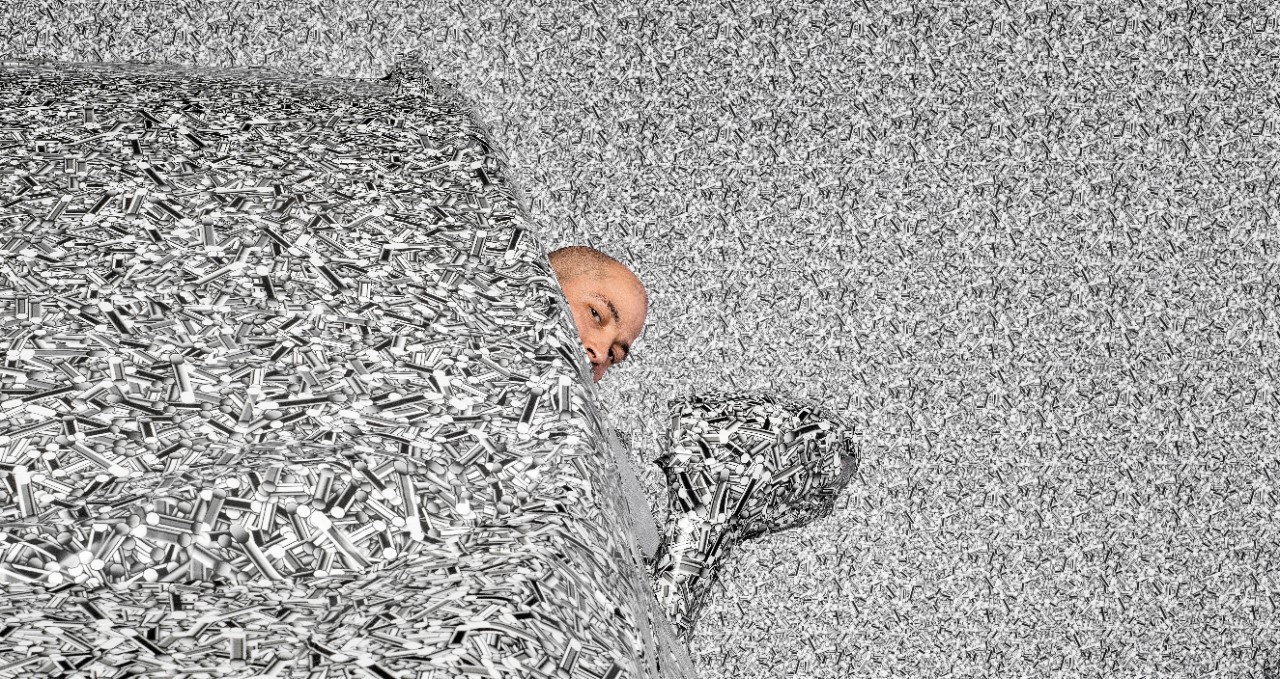
Honey, where did you park the car?
How an Illusion Prevents 'Spy' from Stealing Ford's Secret Car Designs
Researching and developing a new car and hiding future plans from competitors can prove to be a difficult process for any company, especially when the "prototypes" have to be tested on the road.
In order to protect its future designs, Ford has developed a special sticker that "blurs the waters" or rather, your eyes...
Designers are constantly developing new camouflage techniques to allow engineers to test new cars on public roads - without revealing their design secrets
If you ever spot a car covered in weird swirls, misleading designs or crazy scribbles then chances are you've seen a new secret prototype with a special camouflage sticker cover.
These plans are intended to mislead industry spies hoping to 'steal' even a glimpse of the new models being tested on public roads. Because of the illusion created, it is difficult to focus on the outer contours.
Ford's latest 3D "Brick" camouflage, inspired in part by popular, online illusions, uses thousands of seemingly randomly placed black, grey and white cylinders in a chaotic, labyrinthine arrangement. This makes it terribly difficult to observe new exterior features in sunlight, for someone who either sees the vehicle live or in millions of photos and selfies posted on the Internet.
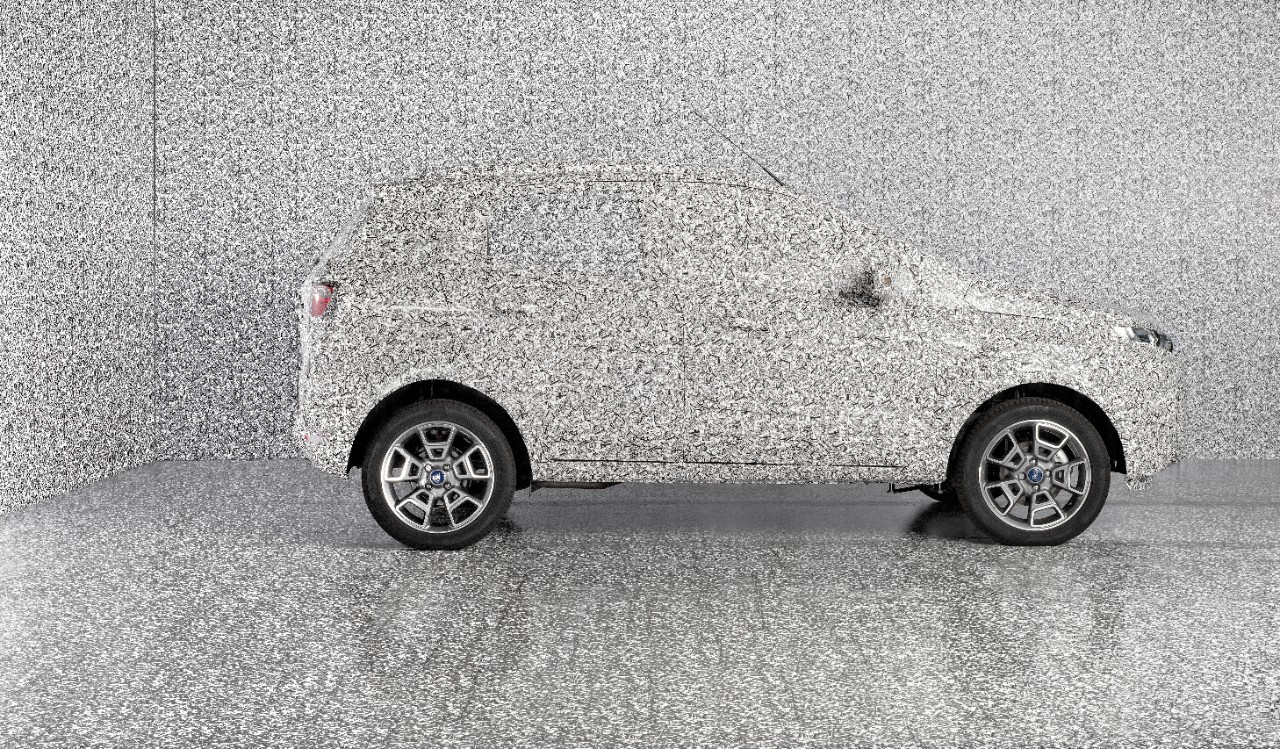
"Today almost everyone has a smartphone and can instantly share photos - which allows everyone, including our competitors, to see vehicles in testing," said Lars Muehlbauer, manager, Camouflage, Ford Europe. "Designers are creating beautiful cars with modern design elements. Our mission is to protect these elements from prying eyes."
The new vehicles are tested on public roads as part of the development process. Each new camouflage takes about two months to complete and is then printed on ultra-slim vinyl stickers, thinner than a human hair, that uniquely cover each vehicle. The designs are first tested on a closed Ford test track to ensure the reliability of the camouflage.
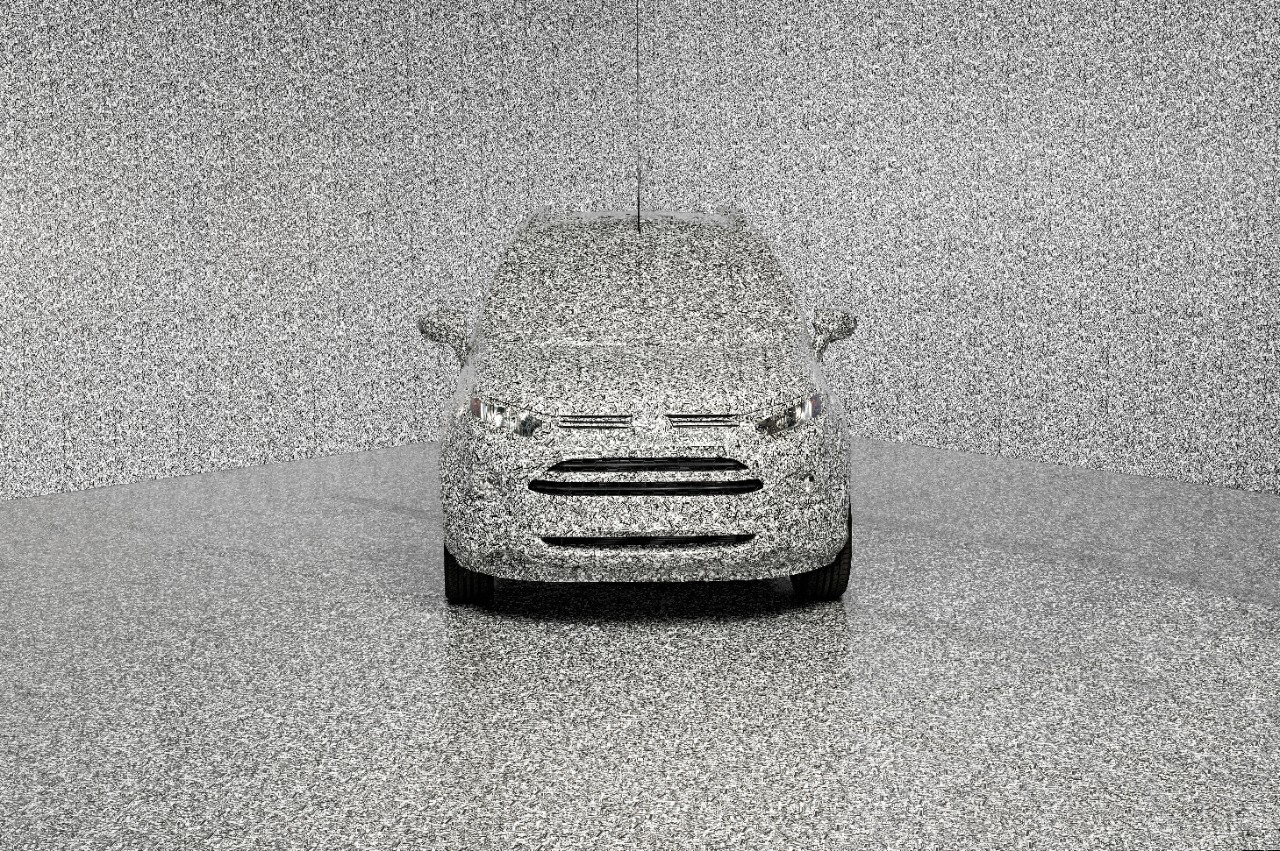
"I tried to create a design that is chaotic and misleading to the eye," said Marco Porceddu, vehicle prototype engineer, Product Development, Ford Europe, creator of the new camouflage. "I did a research on illusions on the Internet and came up with a shape that can be copied and overlapped thousands of times. This creates both a mirage and a three-dimensional impression."
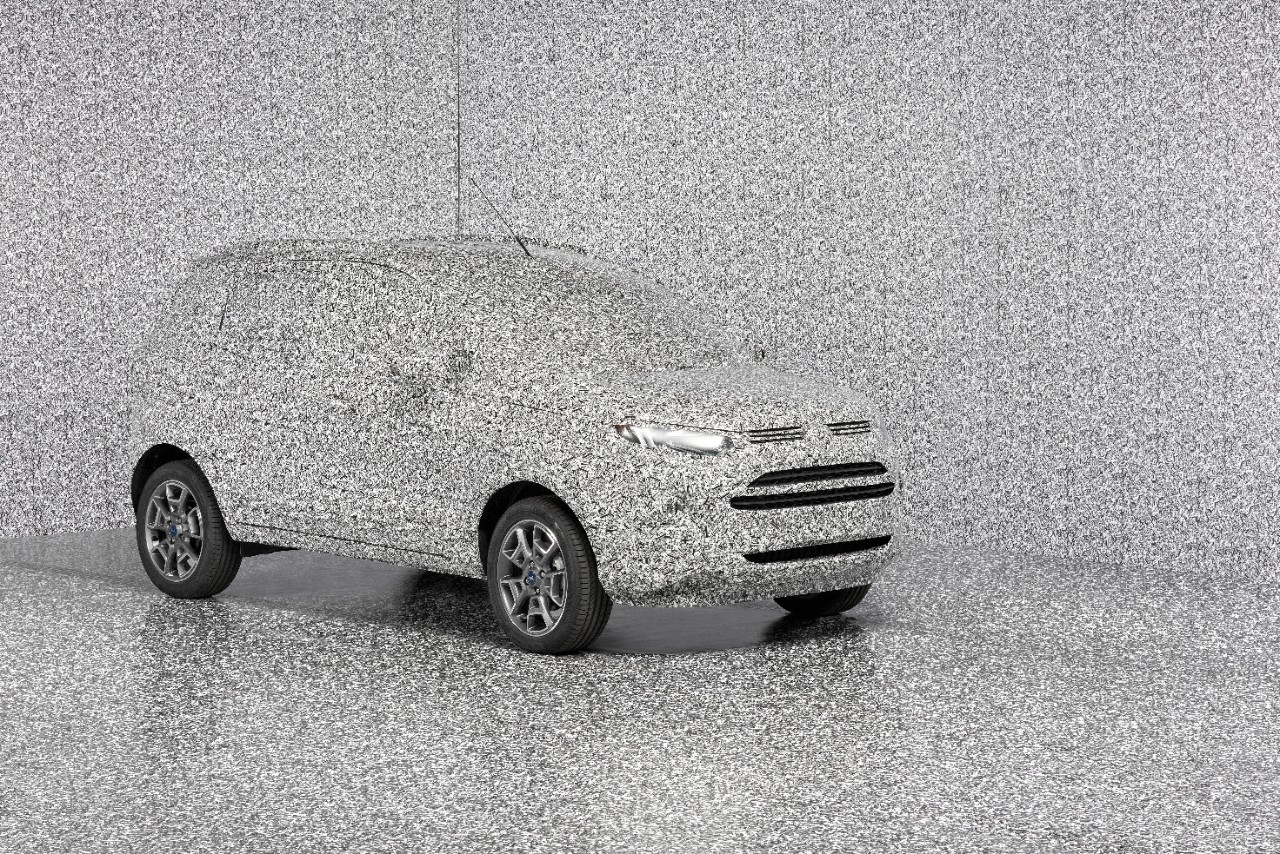
Designed to withstand extreme temperatures, Ford's camouflage blends perfectly with the winter conditions of Europe, while in Australia and South America sand colours are used.
"This camouflage will stand out in almost any environment, but it is designed to visually blur the surfaces, shape and colour of the car, delaying the brain's ability to recognise the same or its main features," said Martin Stevens, Associate Professor, University of Exeter, who studied Animal Colour Adaptation and Camouflage for 15 years. "The illusion does not prevent the car from being seen but plays on the human ability to measure depth of field and shadows, making it difficult to perceive the car's shapes and features. It's a trick used in nature to get away from something or hide, which is equally useful for a test driver."

